
Jake Chapman writes about the taboo subject of pooing outdoors and what we should do with our poo...
One spring, Heather Morning and her fellow rangers witnessed a blooming of a different kind in the Cairngorms National Park: human faeces, preserved by the previous winter's snow, thawing in the springtime sun. Heather knew that the piles of faeces were left by groups of snow-holers. It just so happened that the best snow-holing sites sat right next to high level mountain springs, making the faeces potential pollutants of the water supply. 'We realised there was a big issue and that we needed to do something about it,' Heather says.
Heather, who was familiar with carry-out projects from her time spent working in Alaska and Antarctica, realised that she could set up a carry-out facility right there in the Cairngorms National Park. That way, snow-holers could bring their waste back down with them instead of burying it in the snow. The process, Heather tells me, would be simple:
'People pick up a biodegradable bag, which they shit in, then they put that in a pot, which they've been loaned, and when they get back to the ski centre there's signposted directions down to the sewage plant where I had this special kind of trap door chute installed. They take the bag out of the pot, put the bag of shit down the chute, and that goes straight to the sewage plant. Then the pots are collected, sanitised, and used again.'
That's the process used every winter in the Cairngorms National Park since 2007, to great success: there isn't a human waste problem anymore. Everybody wins—bar the person in charge of sanitising the used pots.
The general advice in Britain is to bury faeces (read 'Does a Climber S**t in the Woods' for an in-depth look into burying); however, in areas with a high volume of visitors, ecologically sensitive areas, or alpine areas where soil is blocked by snow or frozen solid, organisations like the Mountaineering Council of Scotland recommend that excrement be carried out.
The unfortunate truth is that, whilst most are aware of the 'Leave No Trace' principle, many British climbers and hillwalkers struggle to even bury their waste at crags or on the hills, let alone consider carrying it out with them. Not one of my climbing friends owns a trowel; recently, my friends scoffed at my taking at a trowel on a climbing trip to Scotland and my recommending that they use it—'There's absolutely no way I'm ever doing that!' In Britain, there just isn't the same culture or mindset when it comes to waste as there is in America. Why is that? And why aren't there more facilities like the Keep Cairngorm Snow White project in the rest of Britain?
Firstly, Britain's crags and hills are a lot different to America's, which means that our pooing culture is a lot different too. Many of our bigger mountaineering routes or 'alpine' climbs also don't require an expedition-style approach—in other words, most can be done in a single day, and your porcelain throne can be visited the morning prior or the evening post. And, as Jack Geldard wrote in his 2008 editorial 'How to Shit at the Crag', 'In the UK we have a culture of "going" in the bushes when we need to, which for most isn't too often, as our crags and summits are usually close enough to built up areas to enable us to use flushing toilets.' To us Brits, crapping in the woods is just something we do every now and again; we're really not very good at it.
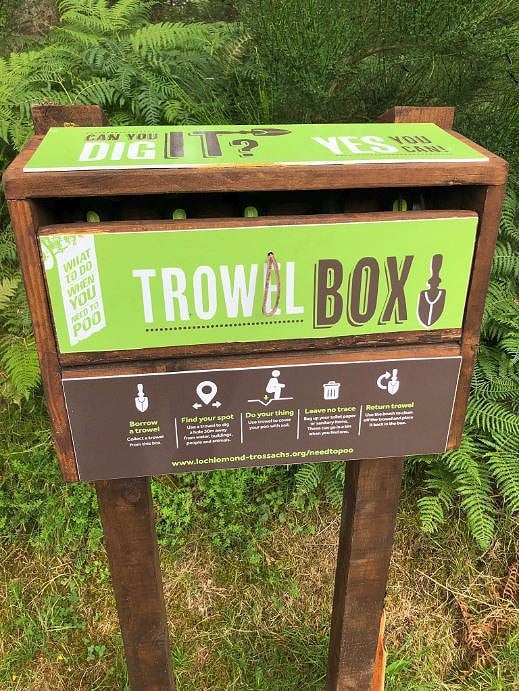
Secondly, Scotland is actually the country with the best teaching of responsible toileting, something severely lacking in England and Wales and the reason why the rest of us aren't as good at it. Though, this isn't all that surprising: Scotland has the Outdoor Access Code, allowing people to wild camp on access land, and it's also the country with the largest density of wild places in which to camp. Besides the Keep Cairngorm Snow White project and the educational stuff regularly released by the Mountaineering Council of Scotland (such as the 'Where to "Go" in the Great Outdoors' leaflets), the Loch Lomond & The Trossachs National Park Authority have been pushing for sustainable toileting with their recent 'Shh! It Happens!' campaign.
Between July and September, three trials in three different camping sites were held within the Loch Lomond & The Trossachs National Park to encourage visitors to toilet more responsibly. Laura Dennet, Communications Advisor, provides the brief:
'At Loch Earn, we've installed attention grabbing signage with "eye-catching" images and the message "Don't let your poo spoil the view". This includes advice on where the nearest toilets are and a link to our website for more detailed advice. At Three Lochs Drive, we've introduced a trowel loan system with the message "Can you dig it? Yes you can!'"and advice on how to bury your poo. At Suie Field, we're trialling our most radical approach and boldest messages, and have put in place a poo bin and provided people with "poo packs" so they can bag it and bin it. The message here is "Shh! It Happens!" '
So, Scotland is ahead of England and Wales, but it's still way behind America: 12 years have passed since the Keep Cairngorm Snow White project opened its doors; 11 years have passed since Jack went on his climbing trip to America and wrote, in his editorial, that carry-out products would be Britain's solution to 'seeing less surprises at the base our crags'. All that time's passed, and all we have to show for it is one carry-out facility and one carry-out education campaign. Why have things progressed so slowly over here?
The fact of the matter is that Scotland, and indeed the rest of Britain's national parks and wild places, are at a handicap compared to America's. Nathan Berries, the John Muir Trust's Conservation Officer, explains it to me:
'So, in most of [America's] national parks they tend to have one road in and one road out, which means that they can easily police the people coming in and out. Also, because they don't have outdoor access legislation like we do here, they can legally charge people to access the national park. Whereas, in the UK, we have multiple entrances to our national parks, and we can't police it in the same way. In Scotland, particularly because we have the outdoor access legislation, we can't charge people to access our national parks. So being able to monetise people visiting national parks is quite challenging.'
In Britain, all of our national parks are free to enter. While that's a blessing for us, the visitors, it is in many ways a curse for the national park authorities, which have to expend time and resources coming up with ways to raise funding and monetise visitors. Often, Nathan says, these are at the expense of conservation: 'There is money at a government level which comes in each year for national parks, but national parks tend to be used more as a marketing tool in this country rather than a conservation area, which is quite frustrating to us.'
America's national parks and other wild places have the security of a guaranteed income from entry fees; Britain's national parks don't. It's thus completely understandable that we're behind America: money is the big issue.
That being said, hope is not lost. The Keep Cairngorm Snow White project and the Loch Lomond & The Trossachs National Park Authority have proved that people are willing to change their toileting habits. This year, the Cairngorms project stayed open during summer for the first time, and a few people have been using it instead of burying their waste on the mountain. Laura tells me that the trial at Suie Field was so popular, they had to order more poo bags, and Nathan tells me that a similar trial will be held on Ben Nevis in the future. We're getting there, albeit much slower than our American cousins.
Although all of the above is happening outside of the realm of climbing and hillwalking, we will hopefully see carry-out kits become more popular in winter conditions as well as more people burying their waste near crags, and on the hills, as the culture and mindset seeps down the country, north to south. If that happens, we'll not only see fewers surprises at the bases of our crags, but also fewer surprises in all of our wild places too.

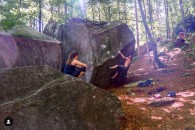

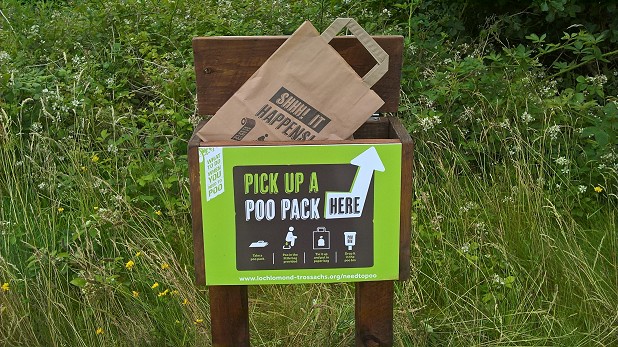

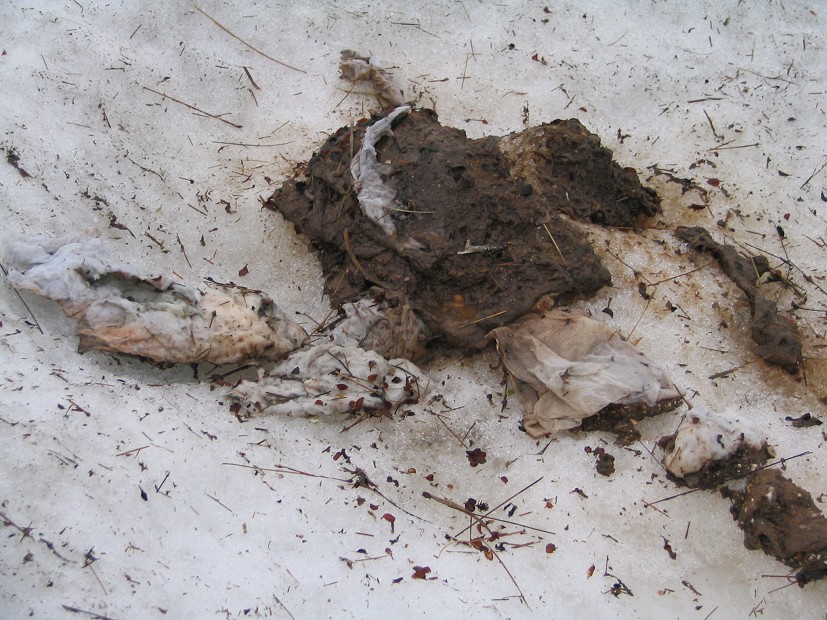
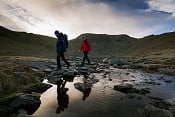


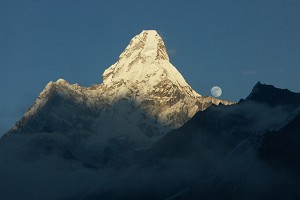
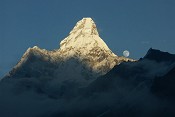
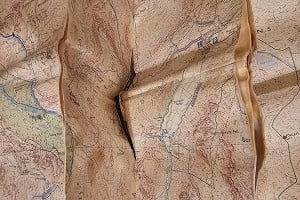
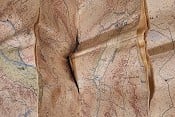




Comments
I've never needed to shit at the crag in the US or UK. Barring health issues, I don't think you need to for single day stuff. I don't want a poo bag dispenser at Stanage but you're going to find the odd shit there despite a toliet at the bottom.
I think Dave the Rave deserves special mention for his efforts to keep Snowdonia national park looking.... booty full.
Yep, he's a shoe-in for that one.
Maybe BMC owned crags should have portaloos or composting toilets near them...
Rifle, Frankenjura and I'm sure other crags around the World have them...
I've been climbing in the Frankenjura for 30 years and never seen one.